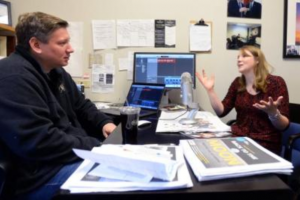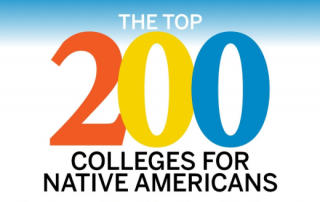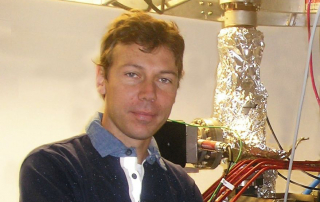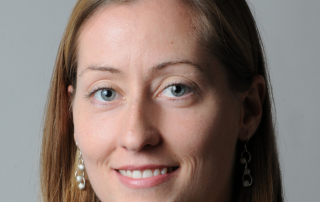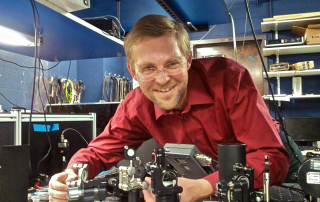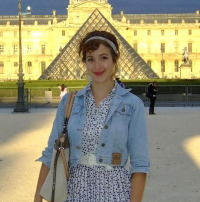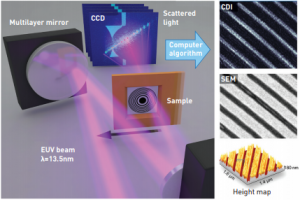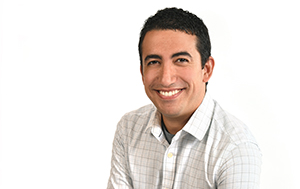Congrats to Laura Waller on Receiving the SPIE Early Career Achievement Award – Academia
Dr. Laura Waller, associate professor in the Department of Electrical Engineering and Computer Sciences at University of California, Berkeley, is the recipient of the 2018 SPIE Early Career Achievement Award in the academic category. Dr. Waller is being honored for her contributions to biomedical and industrial science through development of computational imaging hardware and software for phase retrieval, 3D imaging, and partially coherent systems.

